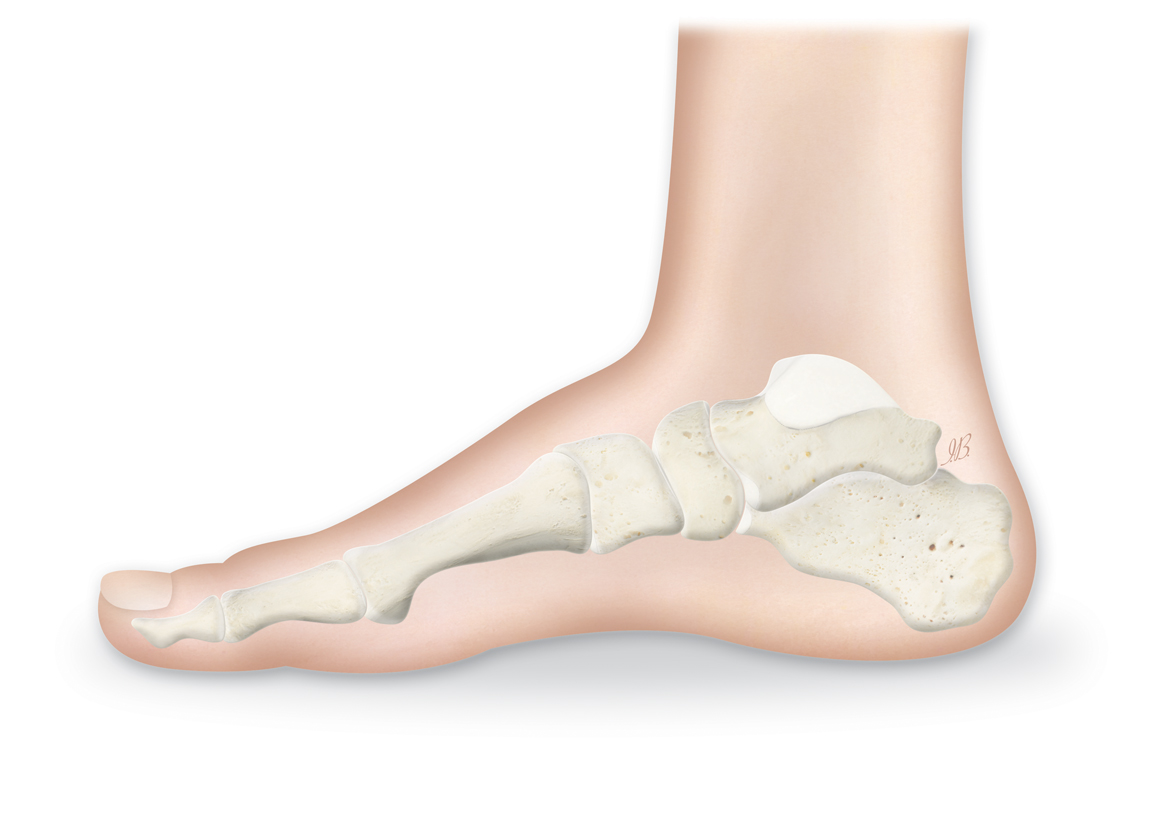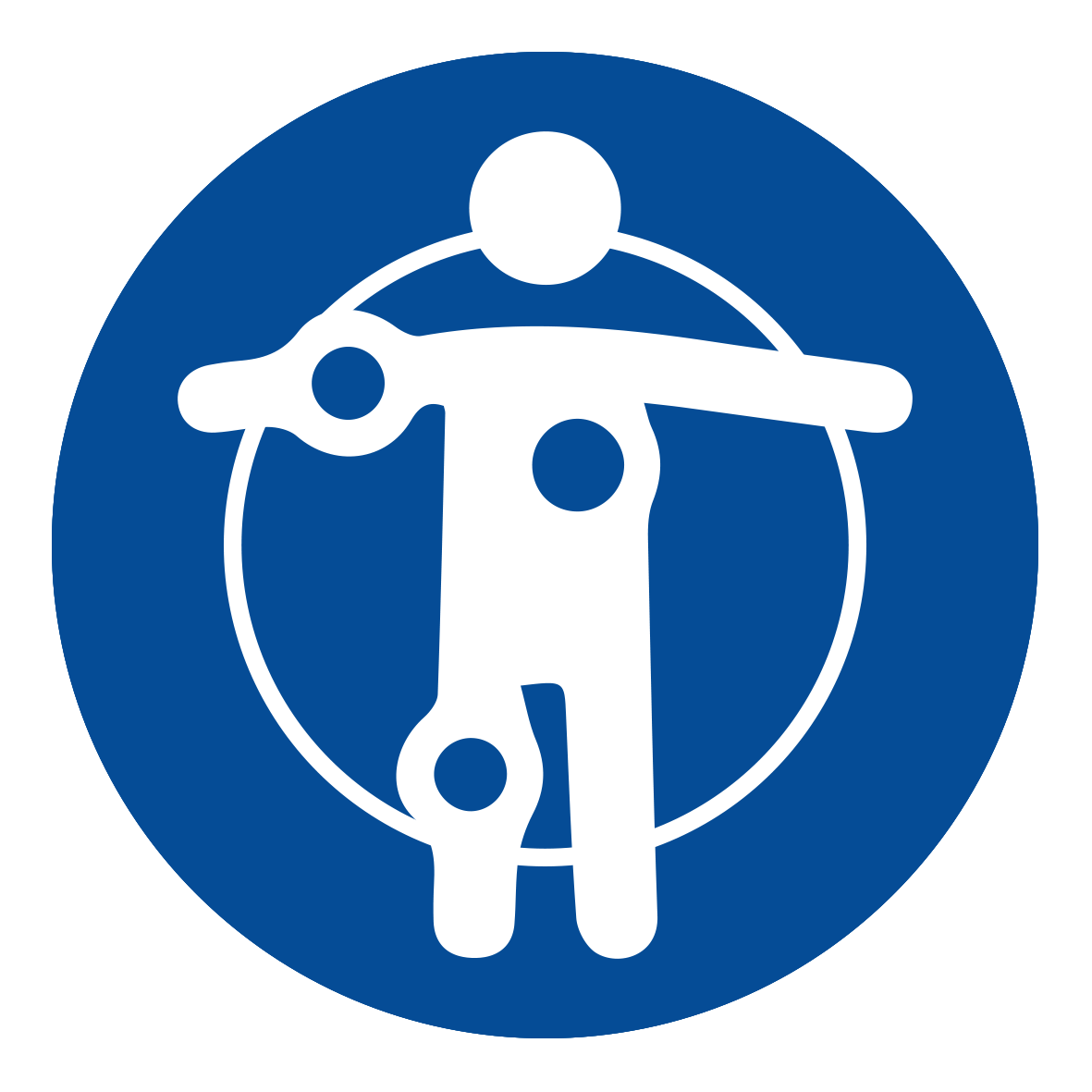Home / Limb Deformities / Pes Planus
The foot must act as a reliable landing point when putting the foot down, usually heel first, and as a rigid taking off point when walking or running. There are medial and lateral arches that run the length of the foot and are supported by ligaments, one of which is called the spring ligament. The arches are supported by a combination of the shape of the bones, the integrity of the ligaments and the function of the supporting muscle system, which is regulated by feedback from the nerves supplying the foot. Problems with any of these mechanisms may lead to loss of longitudinal arch shape and flat foot.
Pes planus is more commonly known as flat-foot. Both children and adults may be flat-footed and it’s estimated that the prevalence of pes planus in the general population is about 20-30 percent. In fact, normal arch development in children does not typically occur until between 3 and 5 years old.1 Slightly-lowered arches are usually symptom-free. Adult Acquired Flatfoot Deformity (AAFD) may develop from a normal foot in adult life.


Important safety information: Download the Product Instructions For Use.
The MiniRail External Fixation System consists of small rails and screws for fixation of small bones when a condition does not allow for implanting internal devices. The MiniRail is designed to help with a variety of deformity corrections and lengthening procedures of small bones and joints in the foot and upper limb.

In pathological flat foot, the arch of one foot or both feet has either not developed normally, or an injury or condition, such as rheumatoid arthritis, stroke or diabetes, has produced it. It may develop as a result of degenerative changes in joints and/or ligaments; this will tend to be in older patients and people who are very overweight. It may also occur as a result of trauma to the bones and/or ligaments. An increasingly common cause seems to be neuropathic problems secondary to diabetes, as an early manifestation of Charcot foot.

The arch of the foot is lowered or flattened out, depending on the severity. Issues such as discomfort and chronic pain can arise if, for example, there is a minor injury, changes in the work environment (such as long periods of standing), sudden weight gain, poorly-fitted footwear, and excessive standing, walking, jumping or running.1

Diagnosis is usually by clinical examination. In young people, the flat foot that is apparent when standing disappears when they stand on tip toe, and the normal arch appears. This is flexible flat foot, is usually symptomless and requires no treatment. Adults with AAFD will normally have a rigid flat foot that does not correct on tip toe. X-rays may be helpful when there is a history of injury, but may not be necessary.

Management in less-severe cases generally consists of wearing spacious, comfortable footwear with good arch support, possibly supplemented by padding or orthotics, in order to balance and cushion the foot.1 The object of treatment is to restore anatomy and function as much as possible. Surgery sometimes with osteotomy (the surgical cutting of a bone or removal of a piece of bone) may be necessary if the deformity is fixed.2 Bone grafting to replace lost bone may be necessary.2 Each case is different and there are many types of treatments; it is best to discuss your treatment in detail with your specialist rather than attempt to summarize the options here.

If not treated, certain cases of pes planus can result in severe deformity and early onset of arthritis of the foot and ankle, causing severe pain and significantly reducing the ability to walk, even while wearing orthotics. After surgery, you may need to wear orthotics for the rest of your life.